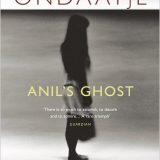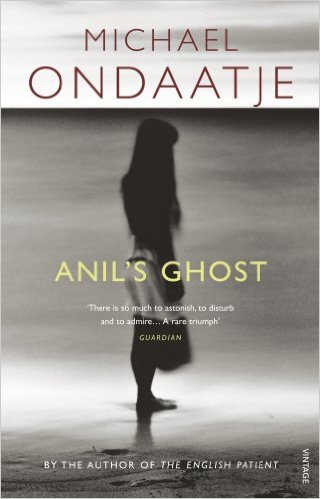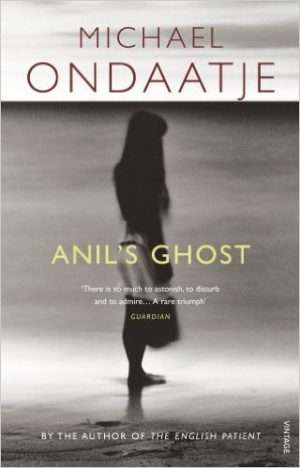Anil’s Ghost – Michael Ondaatje – 2000
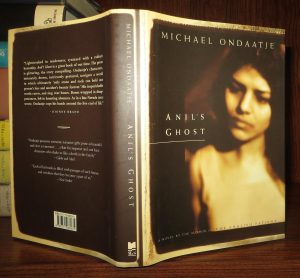
Reviewed by: Geoffrey Fox Date: 6 April 2001
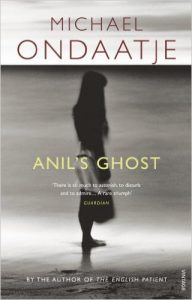 Terror to combat terror. Those who interfere with the killing will be killed, preferably in an exemplary manner. Your corpse will be disfigured, perhaps mutilated, or with multiple fractures, or your head may be stuck on a pole where everyone in your village must see it as they pass by. And none better remove it, lest they suffer the same fate.
Terror to combat terror. Those who interfere with the killing will be killed, preferably in an exemplary manner. Your corpse will be disfigured, perhaps mutilated, or with multiple fractures, or your head may be stuck on a pole where everyone in your village must see it as they pass by. And none better remove it, lest they suffer the same fate.
This is what Ondaatje confronts in this novel. A three-way war of terror rages in Sri Lanka in the late 1980s, early 1990s: the government, trying to hold the center, against Sinhalese insurgents in the south and Tamil separatists in the north. This sort of thing is not exclusive to Sri Lanka, he recognizes in a scene describing the exhumation of terror victims in far-off Guatemala.
We witness only two acts of violence in this novel, one of them trivial in this context: Anil, the Sri Lanka-born heroine, in a rage that is both plausible and incomprehensible, stabs her obtuse American lover in the forearm and abandons him in their hotel room.
The other occurs much later, near the end of the novel: we watch a suicide bomber make his preparations, approach the president of Sri Lanka in the midst of a festival crowd, and detonate. Dozens are killed, none of them known to us from the novel.
Mostly, we are acquainted with violence by being forced to look very closely at its results, those mutilated corpses. To make a story to contain his cry of anguish, Ondaatje fashions a murder mystery. Anil, like Ondaatje a long-time expatriate, returns to Sri Lanka as a forensic pathologist for the UN Human Rights Commission. Teamed with Sarath, a sad, older Sri Lankan archeologist, reluctant to probe such dangerous issues but too good-hearted and honest to refuse, she seeks to discover the identity of a recent corpse discovered in an ancient burial ground. It is a flimsy device, but strong enough to hold the willing reader for the things Ondaatje needs to tell us, about ways of dying and killing, ancient and modern medicine, familial jealousies, the beauty of the Sri Lankan sun, its mountains, forests and waters, which somehow survive the horrible destruction of humanity.


